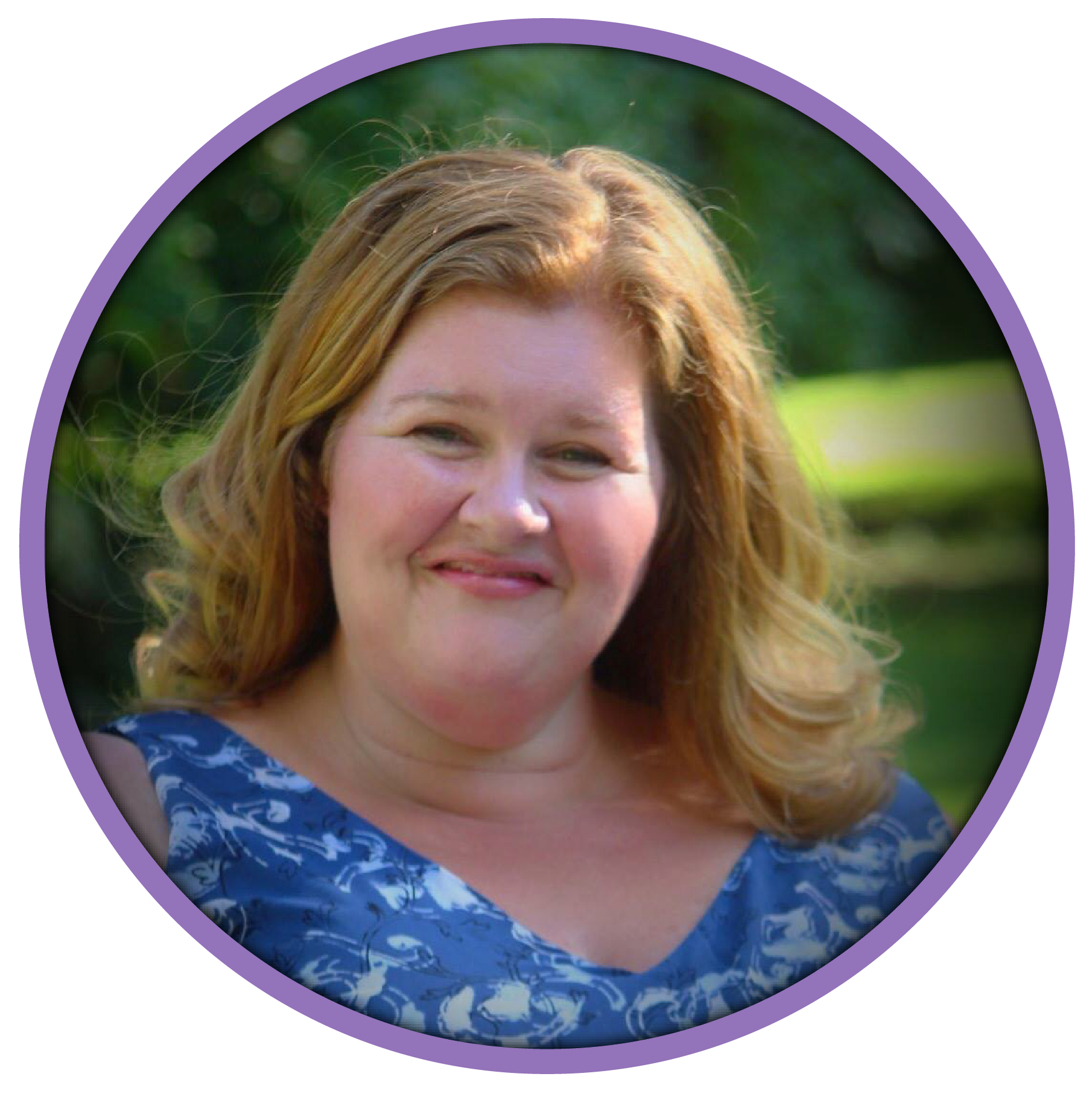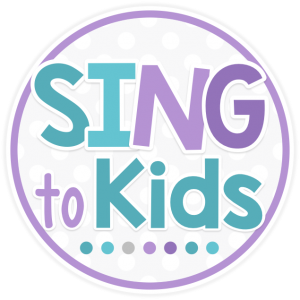In my last post, I talked about the importance of teaching procedures, expectations, and routines explicitly during the first weeks of Kindergarten music. The time I invest in this at the start of the year pays dividends with behavior throughout the rest of the year. When do I begin “musicing” with my students, I do so by planning with great thought and purpose the kinds of readiness activities my students need to become literate in music.
As a Music Learning Theory (MLT) practitioner, audiation is the foundation of my instruction. It’s the first musical “vocabulary” word my students learn in class, and it’s something I take great care in nurturing each and every day. To do so, I have to ensure I provide my students a balanced music experience every day with opportunities to sing, chant, listen, move, and play in my room. Here are some of the ways I do this.
Singing
When choosing songs for my kindergarten students, I look for short songs with simple form. As a MLT practitioner, I value providing songs in a variety of tonalities for my students, so I strive to find child-appropriate tunes in Mixolydian, Dorian, and other tonalities (or modes as they were called in Music History class). Why do I do this? Simply because we learn what something is by knowing what it isn’t. Students need to hear songs beyond Major Tonality!
When I present songs for my students, I sing for them, not with them. This is intentional for several purposes. It ensures that I’m not over-using my voice by trying to project over my students. It also requires my students to know their songs, rather than split second imitate them. I often sing tonal patterns for students between repetitions or at the end of the song. Tonal patterns are a great tool to build a child’s singing voice, tonal vocabulary, and readiness for solfege in later grades. When I present tonal patterns to Kindergarteners, I do so on a neutral syllable.
There is lots of time to learn the solfege, but we need to “babble” or “play” with these sounds before we expect children to sing them correctly. Many times, teachers select tonal patterns from the song to sing to the students. MLT practitioners choose tonal patterns from the tonality of the song to sing. The reason is that Major tonality patterns are transferrable across all Major songs. Specific patterns (e.g. sol–mi) are not found in all songs.
Chanting
I apply the same criteria to selecting chants as I do to songs. Look for short, repetitive chants and extra credit if they are fingerplays or have motions to them. Again, I really strive to provide balance in the meters I provide in my instruction. A great resource for Kindergarten music classes are Nursery Rhymes. You would be surprised how few children know Nursery Rhymes anymore. They are a treasure trove of rhyming words and different meters! The same rules apply for chanting as singing – chant for them, not with them. Intersperse rhythm patterns between repetitions of the chant or at the end. Just like the tonal patterns, present rhythm patterns on neutral syllables before presenting rhythmic solfege.
Consider chanting patterns that reflect the meter, rather than specific patterns from the song. Also consider instead of always asking students to echo you, to give students opportunities to audiate – think music. My students think audiating is so much fun! Giving them opportunities to listen, compare, think, as well as respond to music will pay off in the long run!
Movement
Movement is your best friend in Kindergarten classes! With that said, please don’t start with beat movement. It’s like starting with sight words before learning the letters of the alphabet. Beat movement requires a level of coordination that is not present in most Kindergarten students. Instead, consider getting your students moving through music using Laban efforts and locomotor movement. Let them explore their bodies through flow, weight, space, and time.
Let them work on walking, marching, skipping, and galloping! Let them experience starting and stopping their bodies or isolating body parts through movement! Let them explore making shapes and statues with their bodies! Let them explore movement through props such as scarves, bean bags, streamers, and parachutes! As students become more in touch with their bodies and how they move, they will better be able to coordinate their movement to music.
Playing Instruments
My Kindergarten students come into the music room wanting to play EVERY instrument! Until my students learn how to sit in music and keep their hands to themselves, we don’t use the instruments. When we do get them out, I begin with simple rhythm instruments in which I have a 1:1 ratio like egg shakers, jingle bells, rhythm sticks, etc. When the instruments come out, I model for the students how to hold them, how to play them, and how to put them in rest position (remember to teach procedures explicitly). Then I hand out each instrument and ask the students to keep them in rest position until every one has their instrument.
Why? As I move around the room passing out the instruments, I may have my back to a child. I don’t want a child to hurt themselves or another child with an instrument. Once everyone has their instrument, then I give 30-40 seconds of “exploration” time on the instrument before giving my signal that it’s time to play. The free time gives the students the opportunity to explore how the instrument works. It helps in keeping students on track when we do play the instrument to a song.
Improvising & Creating
The foundation for creativity begins in Kindergarten music. We have to give students opportunities to improvise and create from the earliest stages of musical development. Waiting until they are in 3rd or 4th grade is too late! Give students opportunities to create movements, vocal explorations, identify sameness & differences, and respond to tonal and rhythm patterns with different patterns. In all areas of education, we strive to have students think critically and engage with the content. We can do the same musically by pressing past the simple echoing of patterns and learning of songs. Engage those little minds in creating and improvising early and often!
Using Imaginative Play
Five year olds are magical. They love stories and living in their imagination, so why not use that to your advantage? I love weaving lesson plans together with different themes. You can find songs and chants that have Kindergarten content in just about any theme. Here are some of the thematic units I’ve used over the years: Fall, Farm Animals, Halloween, Thanksgiving, Ocean, Pirates, Winter, Outer Space, Valentine, Spring, Kings & Queens, Bugs, and Summer.
Resources
Still feeling a little overwhelmed by the idea of teaching Kindergarten music? Let’s talk about resources for Kindergarten! GIA Publications has several amazing resources for Kindergarten music. I rely heavily on Music Play and Jump Right In: Kindergarten. I also have a series of Songs for Little Ones that are perfect for Kindergarten students. I supplement songs and chants with John Feierabend’s materials as well. You can find some of my favorite resources for Music Education here.
Still need more help lesson planning for Kindergarten? Check back soon! I’ll be sharing songs, chants, and lessons that I use in my own classroom!






Connect with me!